Best Vlogging Cameras: 5 go-to video solutions for 2021
A few options to get you started
Whether you’re thinking of entering the world of vlogging, or looking to upgrade your current setup, you’re not short of options! And while it’s great that the market is overflowing, it can get a bit overwhelming. So here are a few camera options at different price points to get you started.
All cameras in the following list come with built-in microphones, although some do offer connectivity for external microphones. But if you’re concerned about getting the best audio quality, it’s probably wise to have a separate audio setup to capture sound. Especially if you are on a desk, and especially if it is sound-centric (like playing music or guitar). If you’re just starting out, and don’t want to drop a sum quite straight away on a sound-card bundle, even an affordable microphone with a 3.5mm connection (supported by most of the following cameras) would be able to give you a better and more focused audio.
Mobile phone
If you really want to save, or want to start a vlog without having to first buy a new camera, you might find that your current Android or Apple device may be just the device for you to dip your toes into the world of vlogging. It’s hard to compete with a device that is always at hand. Most phones boast pretty decent camera specs nowadays, and you get the added benefit of being able to upload your videos directly. You can often also edit the videos directly in your phone, or download an app for it, to give your videos more of a polished feel.
As long as your phone camera supports a few minimum specs, you should be good to go. You may not be so concerned with having 4K 60fps if you’re using your phone, but a minimum of Full HD is recommended, at least for now. Before it’s obsolete. Remember, the higher the fps, the smoother the video, which is especially helpful with content featuring action or movement. Most modern mobile devices will feature some form of video stabilisation. However, it’s always good to have a tripod, for those shots where you need your hands free. Any tripod will suffice, as long as you have an adapter that attaches to the head of your tripod. This is usually in the form of a clamp, that bites down on the phone to keep it secure. Or have a selfie-stick for travel logs.
For mobile device – DJI OM 5
If you still want to upgrade, but stick to your mobile device, you could have a look at the DJI OM 5 Smartphone Gimbal. The OM 5 utilises a high-grade 3-axis gimbal technology, keeping your camera pretty stable, and perfect for action shots. So if you were sick of getting wobbly footage from your phone, this should smoothen it out. It also has an extension rod, to turn it into a very sophisticated selfie stick. You can control your camera functions via the OM 5 with the accompanying app and a Bluetooth connection.
RRP – EUR 159
Best for outdoor – GoPro Hero 9
If you’re looking for an all-weather camera that is rugged enough to brave the elements, you can’t go wrong with a GoPro. The new GoPro Hero 9 features a 23.6 MP CMOS sensor and can shoot videos at 5K/30fps. You can also shoot at 240 fps at 1080p, perfect for capturing (or slowing down) fast moving subjects, etc. And if you want to livestream, you can do so through the GoPro mobile app. There’s no flip-up screen here, but you do get a front-facing colour display. Also, to connect an external microphone you’ll need to get the GoPro Mic Adapter add-on.
Thanks to its small form factor, the GoPro can easily clip on to your helmet, handlebars, or guitar headstock. And the HyperSmooth Boost stabilization mode makes footage smooth at all framerates. It has a waterproof rating of up to 10 metres, which means you can take it underwater too. Though if you want to take it deeper, you’ll need an additional protective housing.
It’s not the cheapest option out there as far as ‘sports’ cameras are concerned. But as far as making videos in the outdoors and/or on the move, GoPro cameras have a proven track record.
RRP – EUR 399.99
Smallest option – DJI Pocket 2
If you’re not really planning on tackling the elements, but still want a small and compact camera to document your activities, check out the DJI Pocket 2. The Pocket 2 follows on from DJI’s Osmo Pocket with several upgrades that include a larger sensor with up to 4K/60 fps, four microphones, a wider lens, and a better autofocus system. The camera comes with a built-in three-axis gimbal, so you won’t get motion sickness watching the footage, and a 20mm f1.8 lens.
At 117 g, it’s the lightest camera on the list, and it really is tiny enough to fit in your pocket, so you never miss out on capturing those perfect moments. Even if you’re filming while running and shaking it.
- DJI Pocket 2 Creator Bundle including wireless microphone at Amazon.com
- DJI Pocket 2 Creator Bundle including wireless microphone at Amazon.co.uk
RRP – EUR 339.99
Bang for buck – Sony ZV-1
Although officially released last year, the Sony ZV-1 may still currently be the best camera, for the money, for vlogging. You get a 4K/30 fps video and a fully-articulating screen, so no angle is too crazy. It also has a 24-70mm f/1.8-2.8 lens, which should suit most applications just fine, and a 3.5mm port to plug in an external microphone, if you don’t want to use the built-in one. But its biggest attraction is Sony’s new Real-time tracking and Eye AF, which is excellent at tracking the subject and keeping it in focus. The camera is also compact enough for you to pocket and take with you on an adventure, when not on your desk or on a tripod.
RRP – EUR 666
Premium option – Panasonic Lumix S5
Although Panasonic has updated its GH5 model for 2021 with wireless live streaming, we think the Lumix S5 is still a better option, due to its full-frame 24.2 MP sensor. The mirrorless camera can record at 4K with up to 60fps, and has a 3-inch fully articulated touch screen that lets you know what’s going on behind the lens. You could get it with a lens as part of a kit or, if you know the focal lengths you will be working with, buy the body separately and a compatible lens. Keep in mind though that buying the kit will obviously bump up the price a little.
If you’re only just starting out, The S5 may be a bit of an overkill. But if you’re sure you want to dive in deep, then it could be a worthwhile investment, as you can always upgrade lenses, etc. So if you’re not on a budget, the Lumix S5 is definitely worth checking out.
RRP – EUR 1948 (Body only), EUR 2229 (Body and 20-60mm f3.5-5.6 Lens Kit), EUR 3149 (Body and 24-105mm Macro Lens kit)
One response to “Best Vlogging Cameras: 5 go-to video solutions for 2021”
 5,0 / 5,0 |
5,0 / 5,0 | 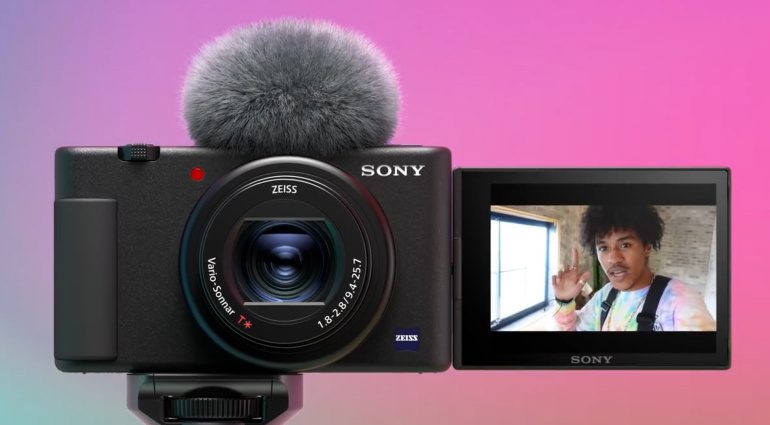

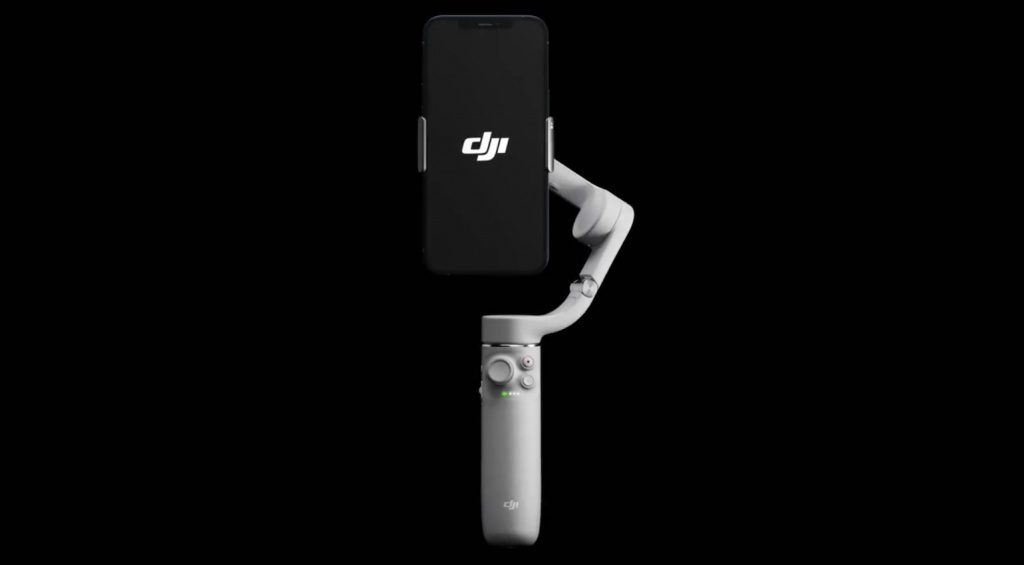
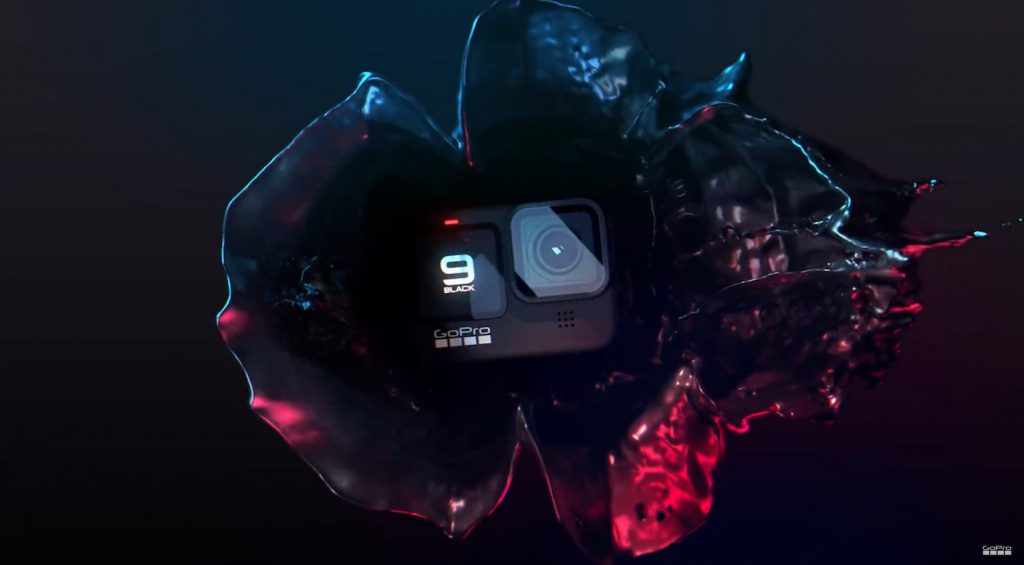

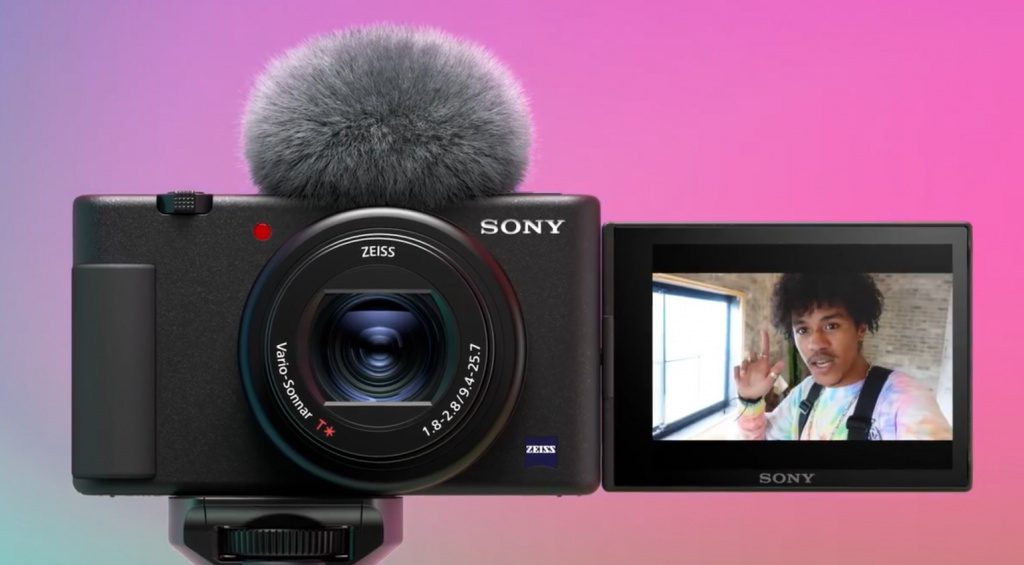
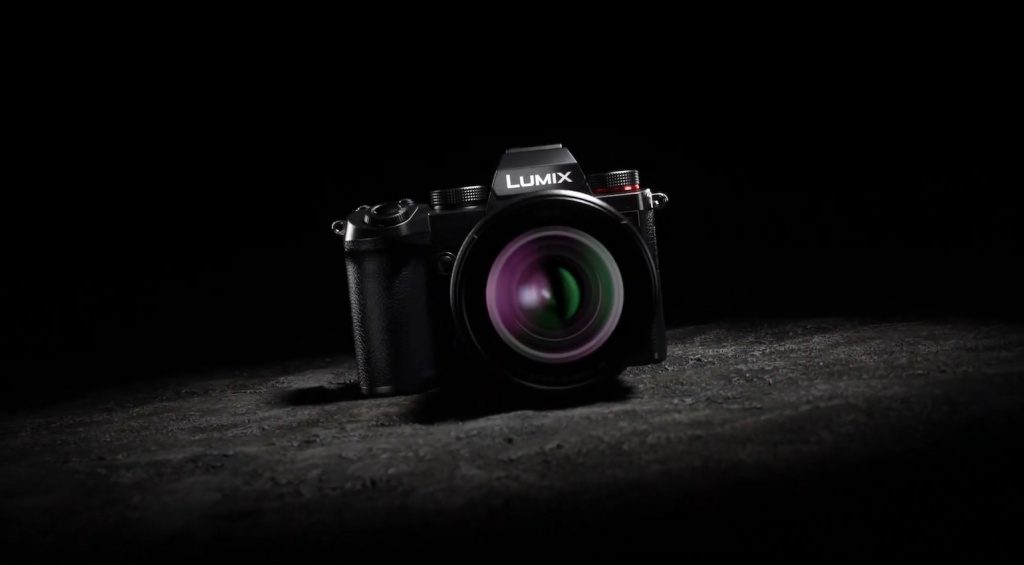
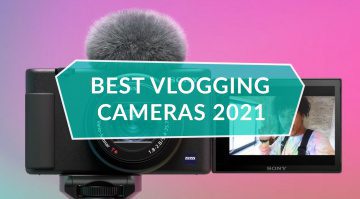


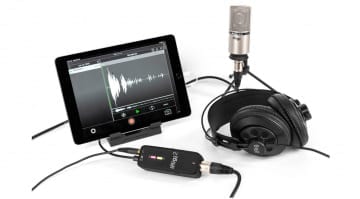

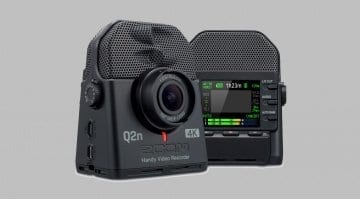
The S5 is an okay choice but due to the bad autofocus (even with updates) it’s not the best camera for vlogging or self shooting. The A7C might be a better option with at similar prices, continuous auto focus in video, more lenses, and great low light.